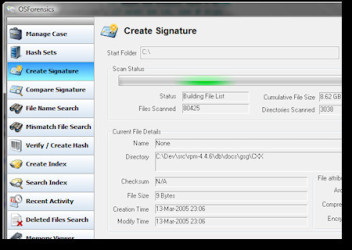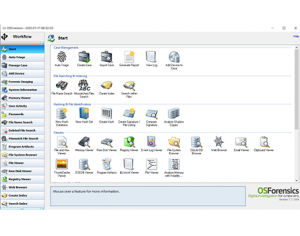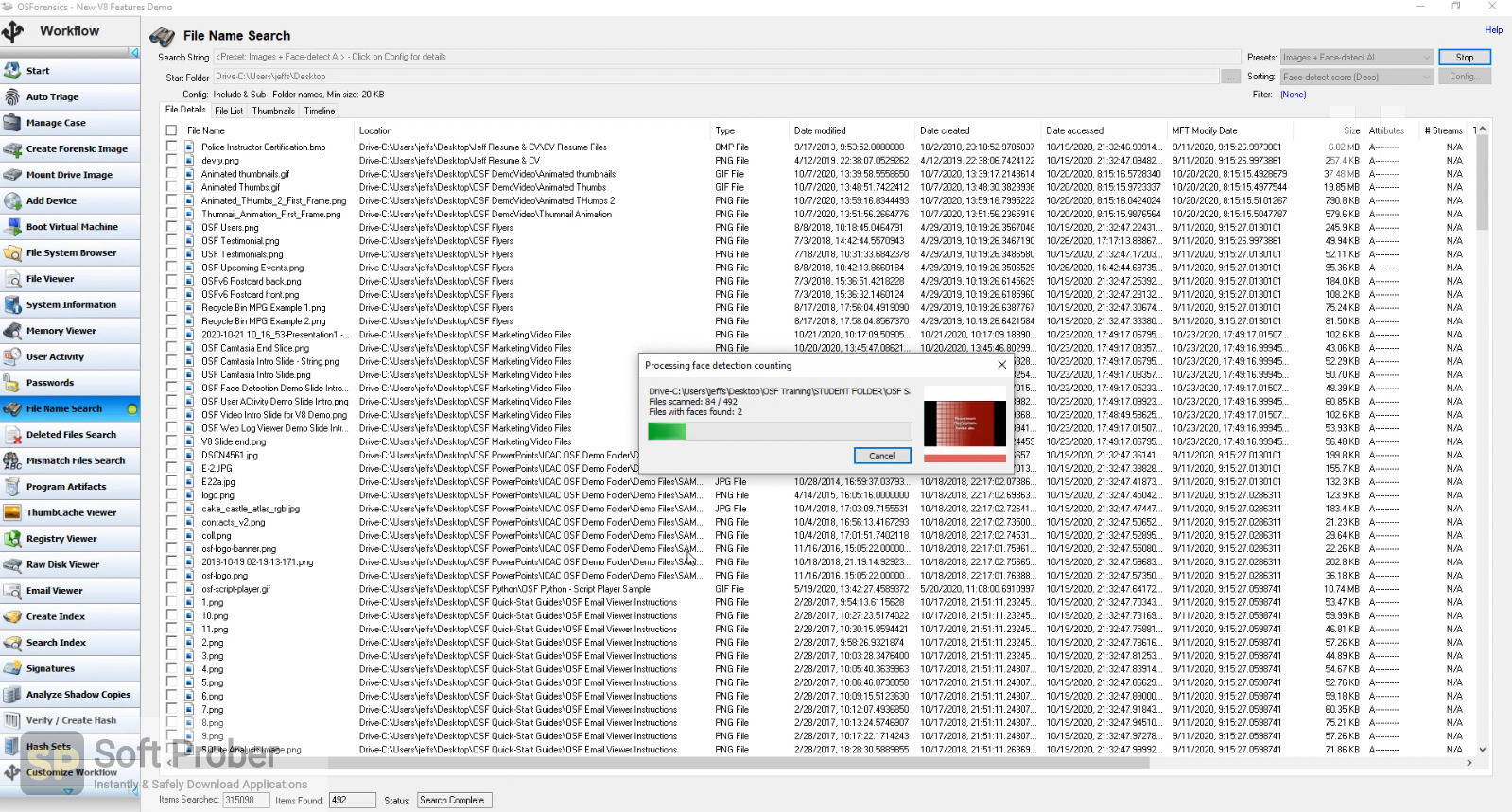

OS forensics also involves web browsing artifacts, such as messaging and email artifacts.
OSFORENSICS MAC MAC OS
Another important aspect of OS forensics is memory forensics, which incorporates virtual memory, Windows memory, Linux memory, Mac OS memory, memory extraction, and swap spaces. Data and file recovery techniques for these file systems include data carving, slack space, and data hiding. There are many file systems introduced for different operating systems, such as FAT, exFAT, and NTFS for Windows Operating Systems (OSs), and Ext2fs, or Ext3fs for Linux OSs. The file system also identifies how hard drive stores data. The file system provides an operating system with a roadmap to data on the hard disk. Overview: The understanding of an OS and its file system is necessary to recover data for computer investigations.

The aim of collecting this information is to acquire empirical evidence against the perpetrator. What is Operating system forensics?ĭefinition: Operating System Forensics is the process of retrieving useful information from the Operating System (OS) of the computer or mobile device in question. Modern OSs track a good deal of information that could become artifacts of evidentiary value on the eve of forensic examination.

The forensic examiner must understand OSs, file systems, and numerous tools required to perform a thorough forensic examination of the suspected machine.


 0 kommentar(er)
0 kommentar(er)
